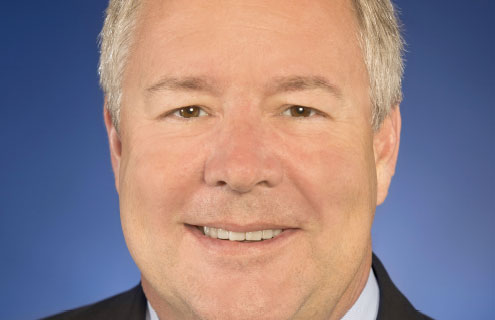Owen-Dunn Insurance Services
Becky Butcher speaks to Owen Taylor to find out why the group captive is an attractive alternative to the traditional insurance market for middle-market companies concerned about cost
For what reasons did the company expand its group captive division?
The group captive model is the single best thing we have done for our clients in my 35-year career. When you are presenting a group captive option to a company that is well-run it gives them an opportunity to control their costs in a way that is not available in the conventional insurance market. This structure gives our clients a good measuring stick for our performance. If we can help a client improve culture and safety, their equity goes up and their premiums goes down. We launched the new captive division because it’s an option that feels good, our clients are happy, and we are improving their insurance situation.
What is it about the group captive that is particularly attractive to SMEs?
The leading component of group captives is the transparency. We tell a prospect client that they will know how every single dollar of their insurance premium is being spent; they know what their costs are and they know what to expect. There are no surprises in captive insurance like there are in the convention insurance marketplace. Another significant benefit is that in a captive unused premiums come back to the captive members in the form of dividends. In the 20 years we’ve been doing group captive insurance, every single client we have helped enter a captive has benefited from the programmes.
By pooling risks together in a group captive programme, smaller companies gain many of the same competitive advantages enjoyed by much larger entities. A captive programme is owned by its policyholders. The captive retains these profits for the benefit of its members, unlike a traditional insurance company that distributes profits to outside stockholders. This structure makes it possible for the captive owners to accumulate substantial profits.
In a captive programme, the members have more control of the claims process, particularly in the area of workers’ compensation. Assistance is given to the members to develop effective loss control programmes to reduce the incidence of injuries. When there is a workers’ compensation claim, there is closer communication between the claims personnel, medical providers, and the employer, and all parties work toward returning the injured worker back to productive employment. All of this improves employee pro ductivity and contributes to higher profit margins.
What does the Owen-Dunn offering provide clients?
Because our focus is on captive insurance, we have built a suite of services around the unique needs of our captive clients. We have in-house pre- and post-loss control staff who work closely with our clients. They are tasked with never leaving a client with an unresolved problem. We have specialised claims management staff who understand how to handle claims from the unique perspective of a client who owns the their insurance company. And finally, our human resource experts assist our clients’ HR departments with unusual and complex situations.
Why has there been such a big demand for group captives?
I think is it because the insurance market, while less expensive today than what it was previously, is still very unstable. Insurance companies alter their underwriting principles at the drop of a hat. Companies that qualify for a captive can escape the cycle of unstable, unpredictable policies and pricing of the standard insurance carriers. We see a growing demand for group captives continuing because it is a great solution for well-run mid-sized businesses to control their costs and actually earn a profit from their insurance premiums.





